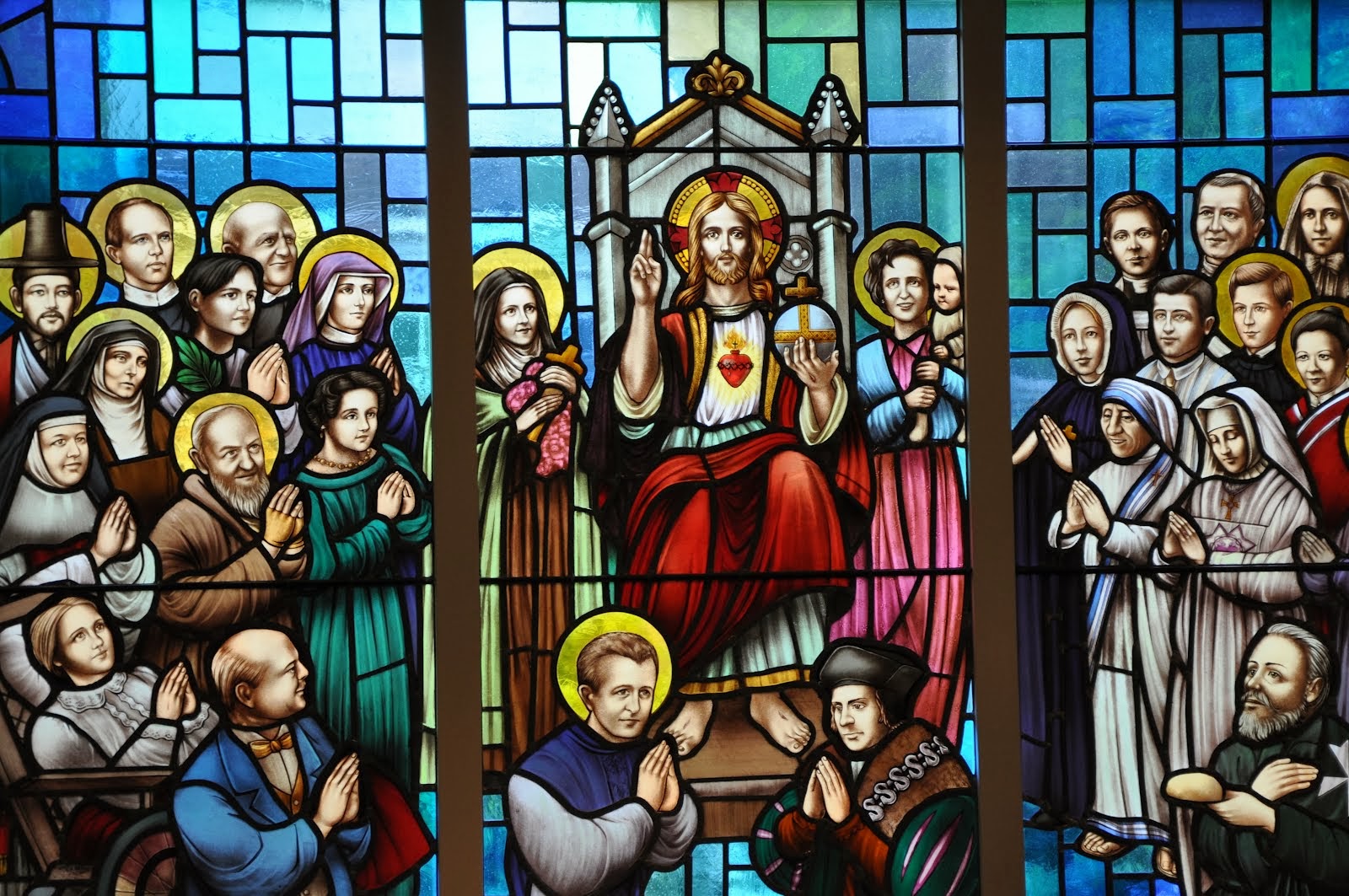
“’And [Naaman] dipped himself…seven times in the Jordan.’ It was not for nothing that Naaman of old, when suffering from leprosy, was purified upon his being baptized, but as an indication to us. For as we are lepers in sin, we are made clean, by means of the sacred water and the invocation of the Lord, from our old transgressions, being spiritually regenerated as new-born babes, even as the Lord has declared: ‘Except a man be born again through water and the Spirit, he shall not enter into the kingdom of heaven’.” St. Irenaeus (2nd-3rd centuries)
“Great is the prize set before you in baptism: ransom for captives, remission of sins, death of sin, a new, spiritual birth, a shining garment, a holy seal inviolable, a heaven-bound chariot, delights of paradise, a passport to the kingdom, the grace of the adoption of sons.” St. Cyril of Jerusalem (4th century, Doctor of the Church)
“Drink of Christ, for He is the fountain of life. Drink of Christ, for He is the stream whose torrents brought joy to the City of God. Drink of Christ, for He is peace. Drink of Christ, for the streams of living water flow from His bosom.” St. Ambrose (4th century, Doctor of the Church)
“God shrouded His sacraments in mystery, willing them to be a hidden hope in the hearts of believers, to make a place where He might hide Himself without in any way abandoning them.” St. Augustine of Hippo (4th-5th centuries, Doctor of the Church)
“Let us not listen to those who deny that the Church of God has the power to forgive all sins.” St. Augustine of Hippo
“Do you wish to learn from another source the power of this blood? See where it began to flow, from what spring it flowed down from the cross: it issued from the Master’s side. The Gospel relates that when Christ had died and was still hanging on the cross, the soldier approached Him and pierced His side with the spear, and at once there came out water and blood. The one was the symbol of Baptism, the other of the mysteries. That soldier, then, pierced His side: he breached the wall of the holy temple, and I found the treasure and acquired the wealth.” St. John Chrysostom (4th-5th centuries, Doctor of the Church)
“Peter forgives sins, and welcomes penitents with complete joy, and firmly maintains that this power has been granted by God to all priests.” St. Peter Chrysologus (5th century, Doctor of the Church)
“So great indeed is the power of the mysteries commemorated [during Lent] that it can pierce even hearts of stone.” St. Bernard of Clairvaux (11th-12th centuries, Doctor of the Church)
“The Sacraments are channels through which, so to speak, God descends to us as we through prayer ascend to Him…The effects of the Sacraments are various, although they all have but one and the same aim and object, which is to unite us to God.” St. Francis de Sales (16th-17th centuries, Doctor of the Church)
“Ceremonies may be shadows, but they are shadows of great truths, and it is essential that they be carried out with the greatest possible attention.” St. Vincent de Paul (16th-17th centuries)
“Have veneration and respect for the holy Liturgy of the Church and for its ceremonies. Observe them faithfully. Don’t you see that, for us poor men, even what is greatest and most noble must enter through the senses?” St. Josemaria Escriva (19th-20th centuries)
“Assuming a human nature from the Blessed Mother, the procession of Divine Life moved on the earth in the Person of Jesus Christ and finally wound its way up the hill of Calvary, and on Good Friday a soldier struck a lance into the side of that Sacred Humanity and blood and water poured forth: blood the price of our Redemption, and water the symbol of our regeneration. The Son sent by His Father now returns to the Father, and from the Eternal Godhead the procession of life moves on as the Father and the Son send their Holy Spirit full of Truth and Love to the Mystical Body on the day of Pentecost. Striking that Mystical Body as the brightness of the sun striking a prism splits up into the seven rays of the spectrum. The procession of Divine Life broke up into the seven sacraments to flood the members of that Body with Divine Life for the seven states from the cradle to the grave. The procession of Life moves on as Christ once more walks the earth in His Mystical Body, the Church.” Ven. Fulton Sheen (19th-20th centuries)
